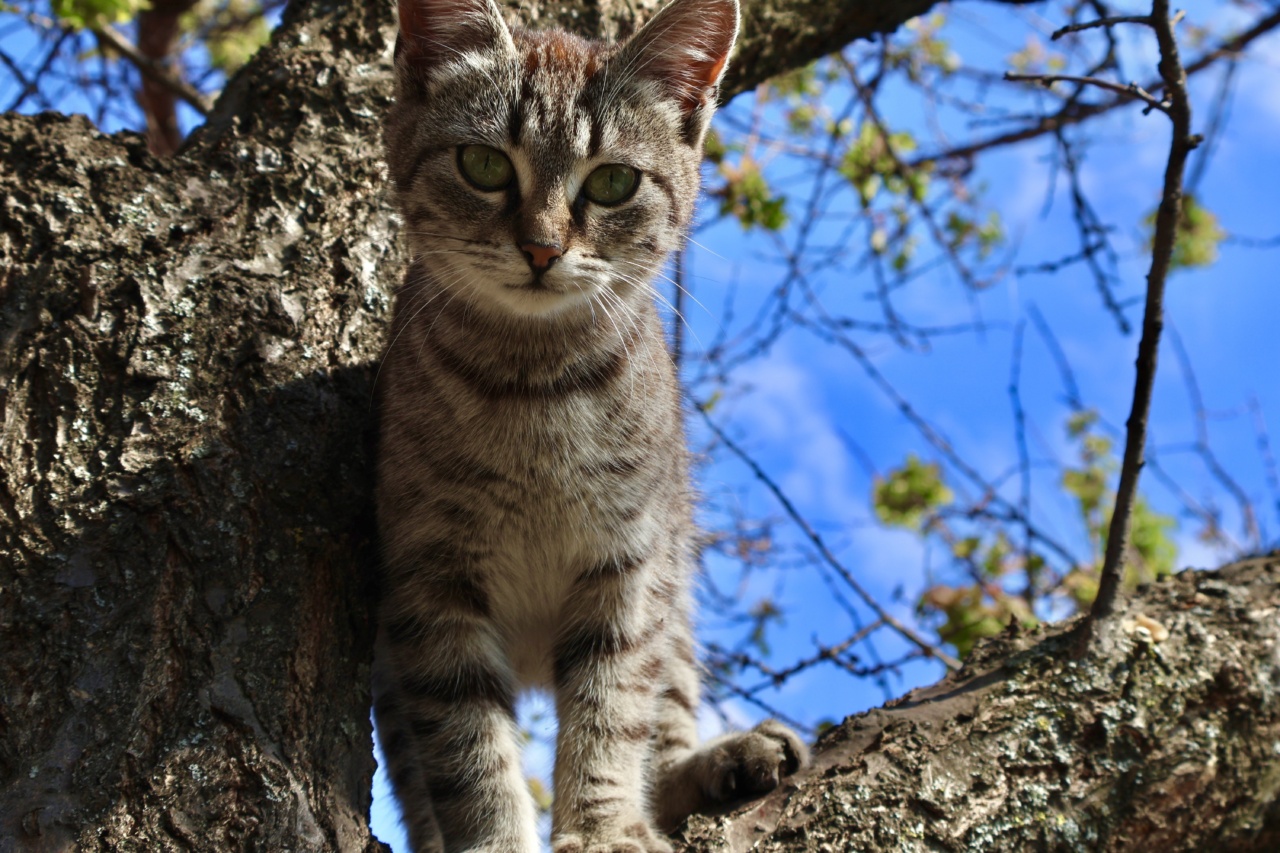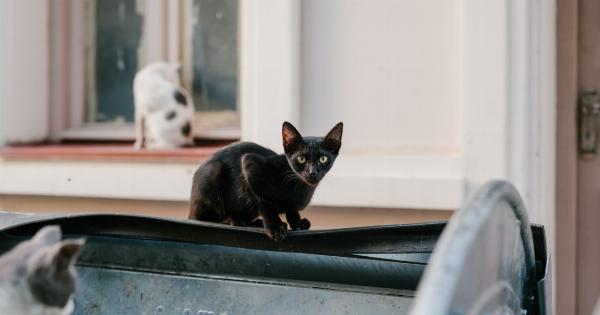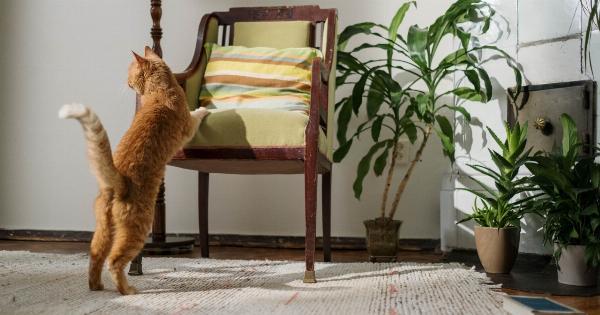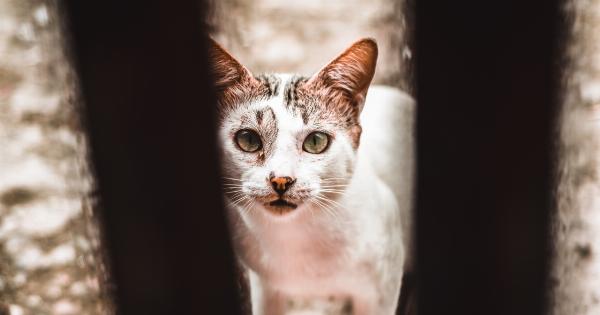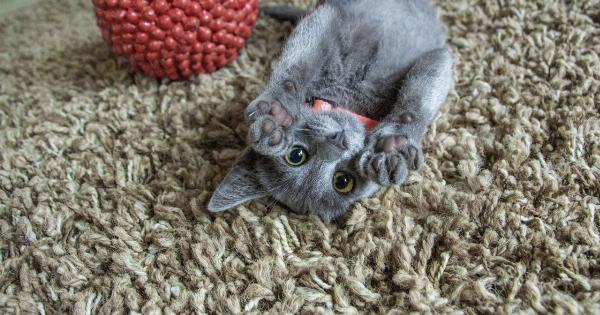Alimos, a tranquil suburb in Greece, known for its picturesque landscapes and serene atmosphere, has recently been faced with an unexpected issue – feline infestation in its two-storey maisonettes.
The residents are perplexed as they struggle to cope with the increasing number of stray cats residing in their homes and gardens. This article aims to shed light on this feline problem and explore potential solutions for the affected homeowners.
The Prowling Predicament
Residents of Alimos have reported a significant increase in the presence of stray cats in their two-storey maisonettes. These felines have become a constant nuisance, causing damage to properties and leaving behind unpleasant odors.
Homeowners are distressed as they grapple with the intrusion of these uninvited guests.
The Root Cause
Several factors contribute to the feline problem in Alimos.
The increasing population of stray cats in the area, coupled with inadequate waste management systems, has resulted in the cats seeking refuge in the cozy nooks and crannies of the two-storey maisonettes. The abundance of food waste attracts these furry creatures, making the problem even more challenging to address.
Impact on Homeowners
The presence of stray cats in their homes and gardens has left homeowners in a state of distress. These felines often scratch furniture, urinate in inappropriate places, and leave behind fur and allergens that can trigger respiratory problems.
Additionally, the persistent meowing and fights among the cats disrupt peaceful living conditions for the affected residents.
Addressing the Feline Problem
Homeowners in Alimos have taken various measures to tackle the feline problem. Some have resorted to installing cat deterrents, such as motion-activated sprinkler systems or ultrasonic devices, to discourage the cats from entering their properties.
Others have collaborated with local animal welfare organizations to implement trap-neuter-return (TNR) programs, aiming to control the population of stray cats in a humane and sustainable manner.
The Importance of Waste Management
Improving waste management systems is crucial in alleviating the feline infestation in Alimos.
Implementing proper garbage disposal practices, such as secure trash bins and regular collection, will help reduce the availability of food sources for stray cats. Homeowners must also ensure that their own waste, particularly food scraps, is appropriately sealed and disposed of to avoid attracting these feline intruders.
Creating Cat-Friendly Spaces
Finding a balance between addressing the feline problem and fostering compassion for stray cats is essential.
Homeowners can consider creating designated cat-friendly spaces within their gardens or balconies, such as providing sheltered areas and installing cat trees or scratching posts, to divert the cats’ attention away from their living spaces.
Building Community Awareness
Increasing awareness among residents about the feline problem in Alimos can significantly contribute to finding long-term solutions.
Educating homeowners about responsible pet ownership, the benefits of TNR programs, and the importance of reporting stray cat sightings to local authorities will foster a sense of community involvement in tackling this issue collectively.
The Role of Local Authorities
Local authorities play a crucial role in addressing the feline problem in Alimos. Collaborating with animal welfare organizations, they can implement effective TNR programs and improve waste management systems.
By enforcing regulations related to stray animal control and working towards sustainable solutions, local authorities can provide much-needed support to the affected homeowners and the stray cat population alike.
Conclusion
The feline problem plaguing two-storey maisonettes in Alimos poses significant challenges for homeowners.
However, with proactive measures such as improved waste management, cat deterrents, and community involvement, this issue can be effectively addressed. By striking a balance between human convenience and compassion for stray cats, Alimos can reclaim its serenity and restore harmony for both its residents and the feline visitors.
